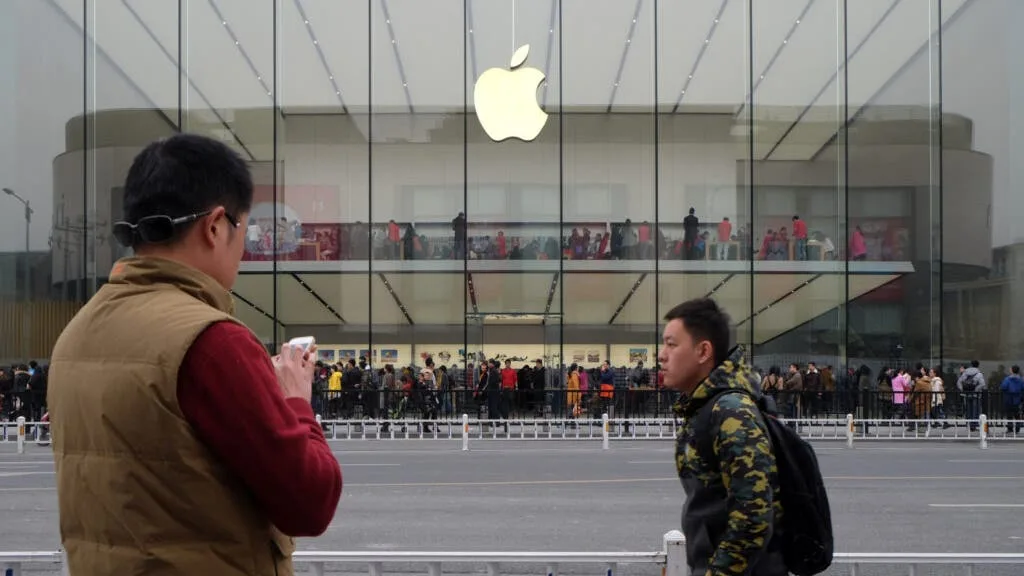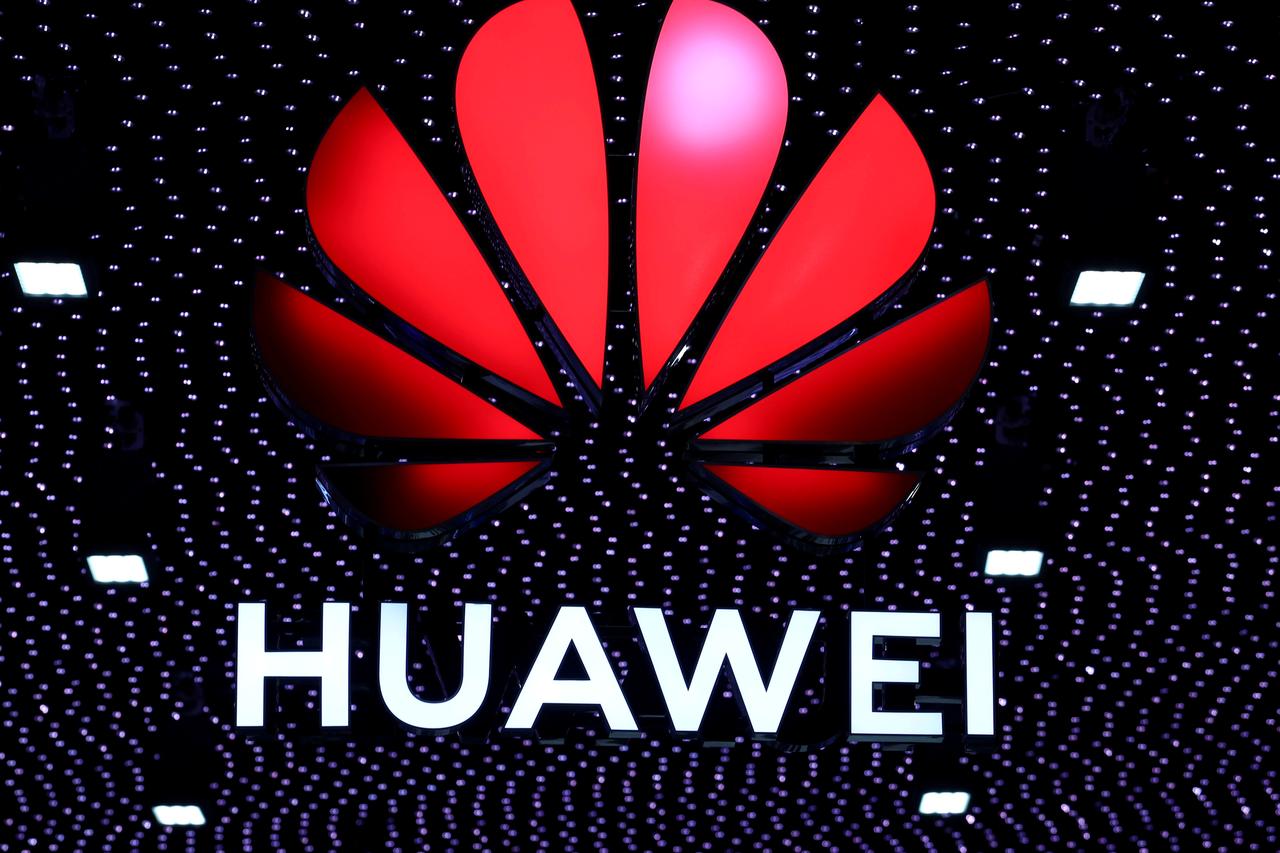Chinese Smartphone: In recent years, the global smartphone market has seen a significant shift in power dynamics. Once hailed as an untouchable titan, Apple is increasingly feeling the heat from Asian smartphone manufacturers. Chinese brands like Xiaomi, Oppo, and Vivo, alongside South Korea’s Samsung, are making strides, eating into Apple’s market share and redefining the competitive landscape. With innovation, affordability, and aggressive marketing strategies, these Asian competitors are giving Apple a run for its money.
The Rise of Chinese Smartphone Brands
China has rapidly emerged as a dominant force in the smartphone industry. Companies like Xiaomi, Oppo, and Vivo have made substantial gains, not only in their home market but also internationally. These brands are thriving by offering high-quality phones at competitive prices, often packed with features that rival or exceed Apple’s iPhones.
For instance, Xiaomi’s Mi and Redmi series have garnered significant attention for their sleek designs, powerful processors, and impressive cameras. Vivo and Oppo, meanwhile, are gaining popularity with models that boast advanced camera technology and fast-charging capabilities, appealing to a broad audience.
Competitive Pricing: Apple’s Achilles Heel
One of the main reasons for Apple’s struggles against its Asian counterparts is pricing. Apple’s iPhones are premium products, often carrying a hefty price tag. While this appeals to a segment of the market that values luxury and brand prestige, it also alienates budget-conscious consumers who are looking for value for money.
Asian brands, particularly Chinese manufacturers, have mastered the art of offering feature-rich smartphones at much lower prices. Xiaomi, in particular, has perfected this strategy. By cutting down on production costs and leveraging local supply chains, these companies can sell devices that are nearly as powerful as Apple’s flagships but at a fraction of the cost. For consumers in markets like India and Southeast Asia, where affordability is key, this has been a game-changer.
Innovation vs. Tradition: Who’s Winning?
While Apple has traditionally been seen as a leader in innovation, its recent product updates have been seen by some as incremental rather than groundbreaking. In contrast, Chinese manufacturers are pushing the envelope with bold new designs and cutting-edge features.
Take the case of foldable smartphones. Samsung and Huawei have led the charge in this segment, with foldable models like the Samsung Galaxy Z Fold and Huawei Mate X challenging Apple’s dominance in the premium smartphone space. Apple, meanwhile, has yet to release a foldable iPhone, despite growing consumer interest in this form factor.
Similarly, when it comes to camera technology, brands like Vivo and Oppo are giving Apple stiff competition. Vivo’s X-series and Oppo’s Reno series offer professional-grade photography features that appeal to users who prioritize camera quality.
5G Leadership: Asian Competitors Surge Ahead
The 5G revolution is another area where Asian smartphone makers have a clear edge over Apple. While Apple has integrated 5G into its latest iPhones, it was late to the game compared to brands like Xiaomi, Huawei, and Samsung. Chinese brands have been aggressively pushing 5G-enabled devices, often at much lower prices than Apple’s 5G iPhones.
In emerging markets, where 5G adoption is growing, the availability of affordable 5G smartphones has given Asian brands a significant advantage. For example, Xiaomi’s Redmi Note series and Oppo’s A-series offer 5G capabilities at prices far below what Apple charges for its iPhone 13 or iPhone 14 models.
Apple’s Strategy: Quality Over Quantity?
Despite the intense competition, Apple continues to hold its ground in certain markets, particularly in the U.S. and Europe. Apple’s brand loyalty is unparalleled, and its ecosystem, which includes services like iCloud, Apple Music, and the App Store, keeps users hooked. Moreover, Apple’s focus on quality and user experience has ensured that it retains a significant share of the premium market.
However, Apple’s strategy of prioritizing quality over quantity may not be enough in markets where price sensitivity is high. In India, for instance, Apple has struggled to gain the same foothold as Xiaomi or Samsung due to its high pricing. While Apple has made moves to produce iPhones locally in India to cut costs, its devices remain out of reach for many budget-conscious consumers.
The Future: Can Apple Regain Its Edge?
As Apple faces increasing pressure from Chinese smartphone makers, the question arises: Can the tech giant regain its edge? There are a few ways Apple could fight back. Firstly, by accelerating its innovation pipeline, Apple could once again set the bar for the industry. A foldable iPhone, for instance, could reignite consumer excitement and attract those who are leaning toward Samsung or Huawei for their cutting-edge designs.
Secondly, Apple could explore more affordable models tailored to price-sensitive markets. While the iPhone SE was a step in this direction, it still lacks the appeal of some mid-range models from Asian competitors.
Lastly, Apple’s investment in augmented reality (AR) and virtual reality (VR) could open up new opportunities. If the rumored Apple AR glasses become a reality, they could usher in a new era of innovation, potentially setting Apple apart from its competitors in the same way the original iPhone did in 2007.
The Battle for Market Dominance
While Apple remains a dominant force in the global smartphone market, the rise of Asian competitors cannot be ignored. Chinese brands like Xiaomi, Oppo, and Vivo are growing rapidly, using innovative technology and competitive pricing to challenge Apple’s position. With Samsung leading the charge in the foldable segment and Chinese brands pushing 5G, the landscape is more competitive than ever. As Apple strategizes its next move, it will need to address these challenges head-on to maintain its market dominance.
For more updates on the ever-evolving tech industry, stay tuned to Digital Digest.







